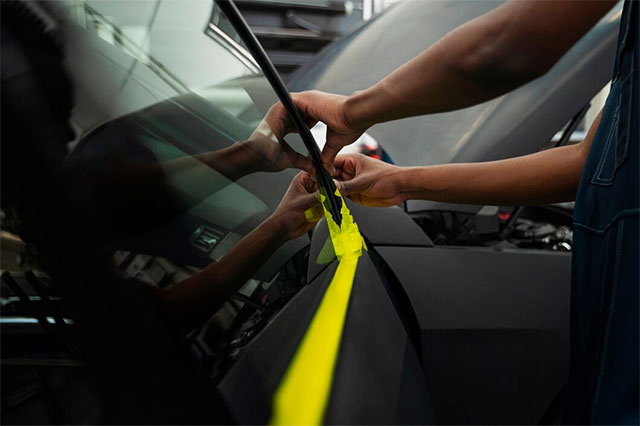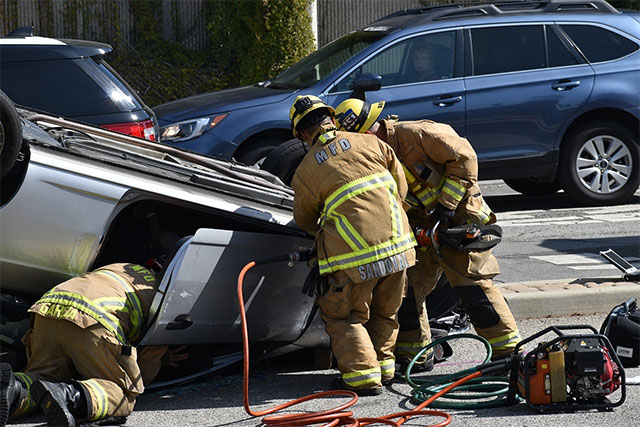Did you know 60% of UAE drivers aren’t sure about the legal car tint limits? If you’re one of them, you’re in the right place.
We’ll break down Dubai’s car tint regulations, why they’re essential for your safety and comfort, and how to choose the best tint percentage for your ride.
Let’s unravel the mystery behind car tint percentages and keep you on the right side of the law.
Buckle up, it’s going to be an enlightening ride!
Table of Contents
Unveiling the Dubai Directive: The Basics of Car Tint Percentages
You’re about to delve into the basics of car tint percentages as stipulated by the Dubai Directive. This regulation aims to strike a balance between maintaining privacy and ensuring safety on the roads. It’s a standard you’ll need to adhere to if you’re planning on tinting your car windows in Dubai.
Under the Dubai Directive, you’re allowed to tint your car windows up to 50%. This means that half of the light will be blocked, while the other half will pass through. It’s crucial to understand that this percentage isn’t arbitrary. Rather, it’s carefully calculated to ensure that enough light comes in for safe driving, especially during night-time.
You may be tempted to go beyond this limit for the sake of better privacy or aesthetics. However, doing so can attract hefty penalties. Moreover, tints that are too dark can obstruct your view and lead to dangerous driving conditions. It’s also worth mentioning that the windshield and front side windows aren’t included in this tint allowance. They need to remain clear for optimal visibility.
Why Car Tint Percentages Matter: The Impact on Driver Safety and Comfort
Let’s take a closer look at why each percentage point in your car’s window tint matters, particularly in how it significantly impacts your safety and comfort while driving.
To start, the right tint percentage can:
- Reduce glare from the sun or high-beam headlights, enhancing your visibility.
- Block harmful UV rays, protecting your skin and preventing the interior from fading.
- Help maintain a cooler interior, boosting your comfort during those hot Dubai days.
Firstly, driving with reduced glare improves your reaction time, making your journey both safer and less stressful. Secondly, UV protection isn’t just about preventing skin issues; it also extends the lifespan of your car’s interior by preventing cracking and fading. Lastly, a cooler interior means you’re less likely to suffer from heat-related issues, and your air conditioning system won’t need to work as hard, improving fuel efficiency.
Understanding the benefits of proper car tinting is a step in the right direction, but it’s just half the battle. So, let’s shift gears and navigate the legal landscape: understanding Dubai’s car tint rules.
Navigating the Legal Landscape: Understanding Dubai’s Car Tint Rules
Often, you’ll find yourself navigating through the complex laws and regulations that govern car window tinting in Dubai. The primary rule is that the permissible tint percentage is up to 50%. This is a significant increase from the previous limit of 30%, offering you more options for privacy and sun protection.
However, don’t let this lull you into a false sense of freedom. The rules are stringent for the windscreen and front side windows, where the tint shouldn’t exceed 30%. This is to ensure clear visibility for the driver and prevent any potential road incidents.
There’s also a zero-tolerance policy towards mirrored or reflective tints. They’re considered a safety hazard due to the glare they can cause for other drivers.
Also, bear in mind that these rules don’t apply to all vehicles. If you’re driving a van, truck, or bus, the tint percentage can’t exceed 15%. For SUVs and sedans, the 50% rule applies.
Violating these regulations can result in hefty fines. So, while tinting can enhance your car’s aesthetic appeal and comfort, it’s vital to stay within the legal parameters. It’s not just about compliance, it’s about ensuring a safe and comfortable driving environment for everyone on the road.
Practical Tips: Choosing the Right Tint Percentage for Your Vehicle
Deciding on the perfect tint percentage for your car involves considering both legal restrictions and personal preferences. It’s not just about aesthetics; tint percentage impacts visibility, heat rejection, and UV protection. Here are three practical tips to help guide your decision:
- Consult Local Laws: Dubai, for example, permits a maximum tint percentage of 50%. Overstepping this could lead to fines or penalties. Always check local regulations before making a decision.
- Consider Your Driving Habits: If you frequently drive at night, a lower tint percentage might be better for you. Darker tints can reduce visibility in low-light conditions, making night driving more challenging.
- Think about Comfort and Protection: Higher tint percentages offer better heat rejection and UV protection. If you’re often parked in the sun or drive long distances, a darker tint could make your journeys more comfortable and protect your car’s interior.
Remember, it’s a balance between legal constraints, personal comfort, and safety. Don’t rush the decision. Take your time to consider all factors and consult with a professional if necessary.
Now, let’s delve into the science behind car tinting: how tint percentages work.
The Science Behind Car Tinting: How Tint Percentages Work
Car tinting is a process that involves applying a thin film to the interior surface of your vehicle’s windows. This film is typically crafted from a polyester base due to its exceptional clarity, tensile strength, dimensional stability, and its capacity to accommodate various surface-applied or embedded treatments.
The percentage associated with car tinting primarily refers to what is known as the Visible Light Transmission (VLT) percentage. For example, if you opt for a 70% tint, it means that 70% of the visible light will penetrate the glass, while the remaining 30% will be effectively blocked out. In essence, the lower the VLT percentage, the darker the tint.
The science behind this process lies in how the film operates to manipulate incoming light. The film effectively absorbs and reflects the sun’s energy, thereby reducing the amount of heat that can enter the vehicle’s interior. While some portion of the light is absorbed by the film itself, the majority is either reflected back into the atmosphere or allowed to pass through the film and the glass.
When considering car tinting in Dubai, it’s essential to be aware of the specific regulations and limitations imposed by local authorities. Different regions may have varying rules regarding the allowable VLT percentages for car tinting to ensure safety and compliance with visibility standards on the road. Therefore, it’s crucial to adhere to the car tint percentage allowed in Dubai to avoid any legal issues or penalties related to your vehicle’s tinting.
Conclusion
So, there you have it! Car tint percentages aren’t just about style, they’re a matter of safety, comfort, and abiding by the Dubai Directive.
Choosing the right tint, understanding the legalities, and knowing how it all works isn’t rocket science; it’s even more complex!
But don’t sweat it, with the right information, you’ll navigate this automotive world like a pro, ensuring your ride isn’t just a sight to behold, but a masterstroke of safety and functionality.














